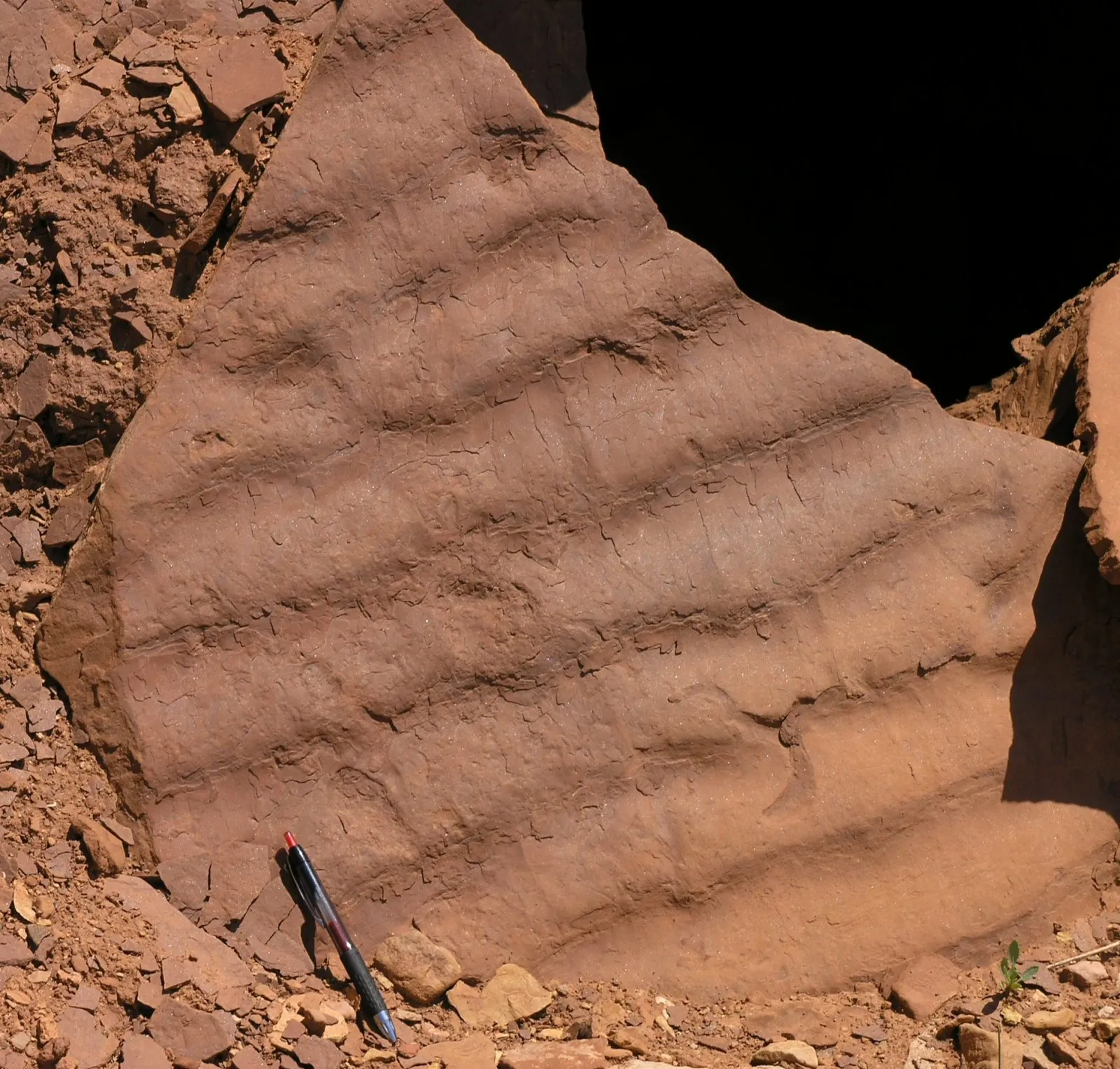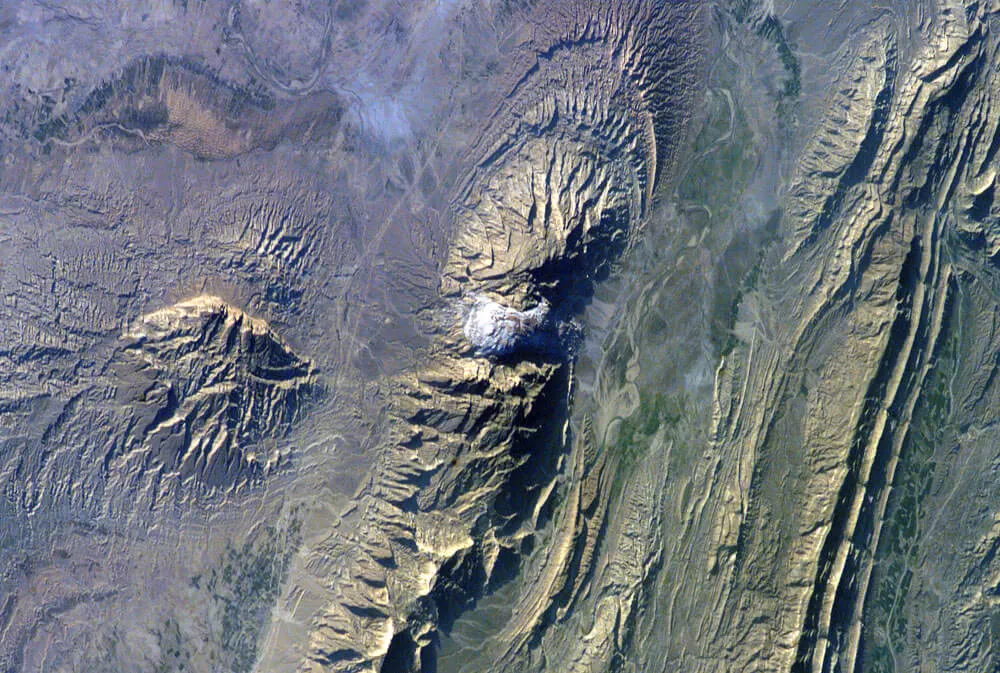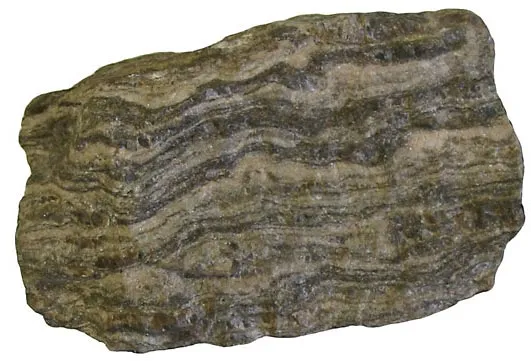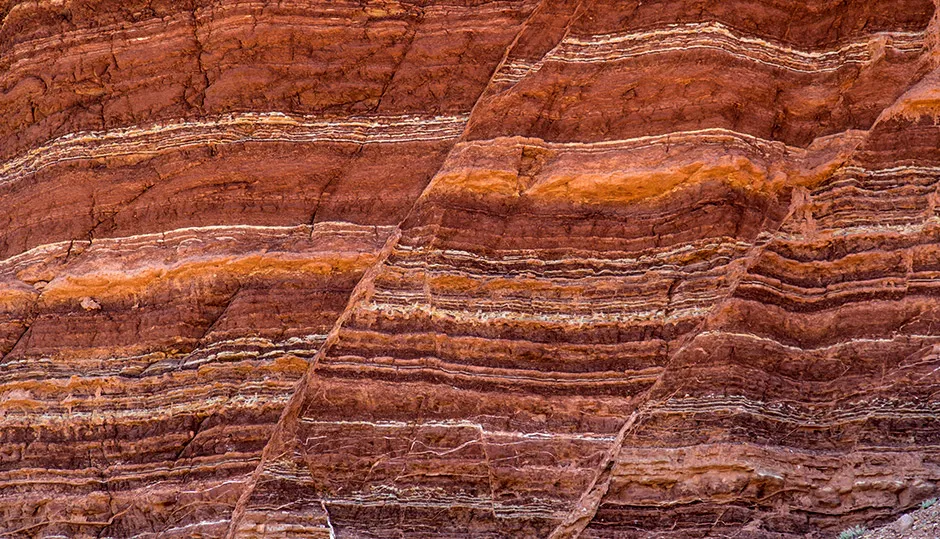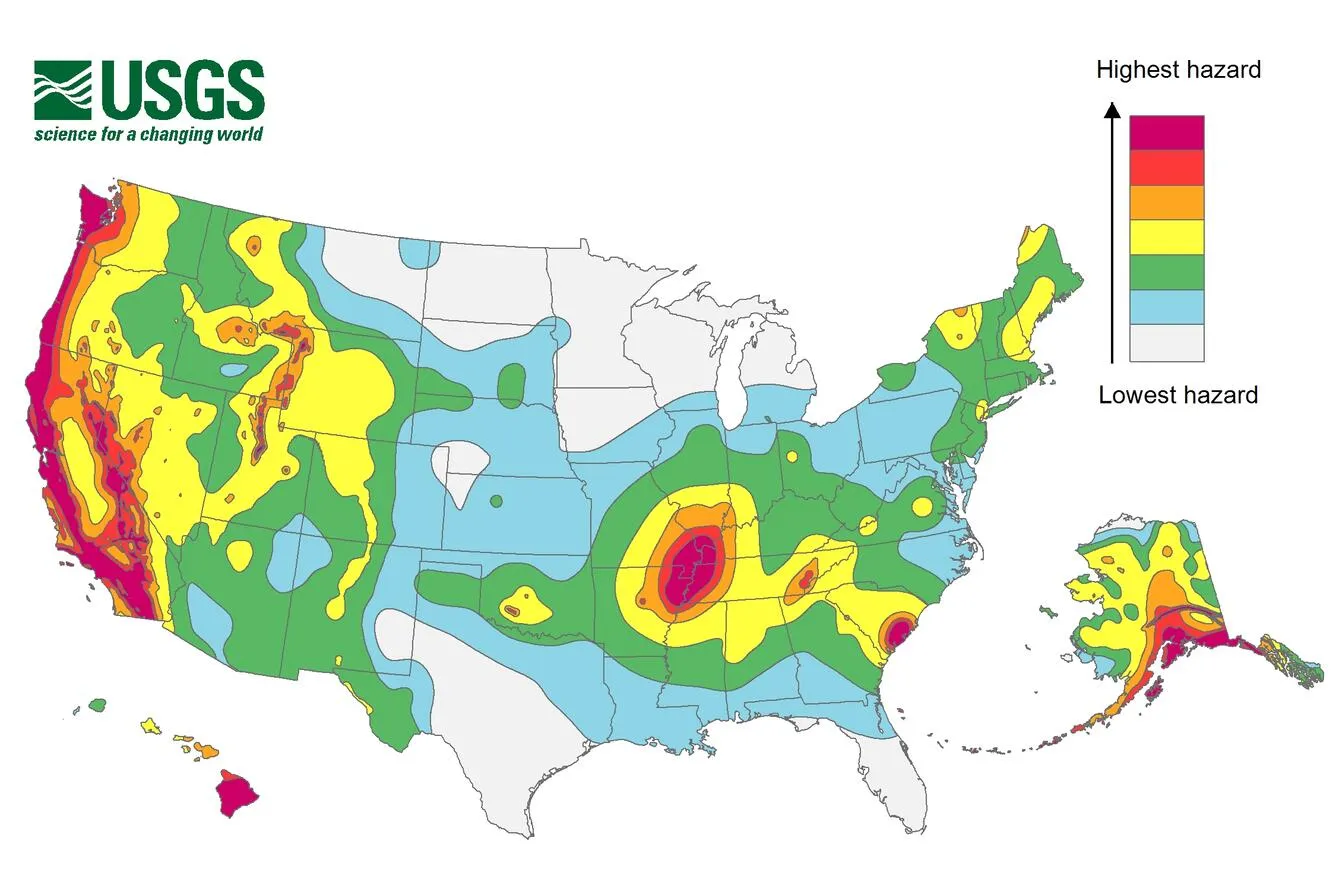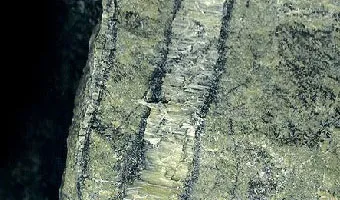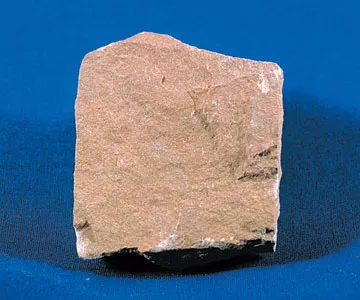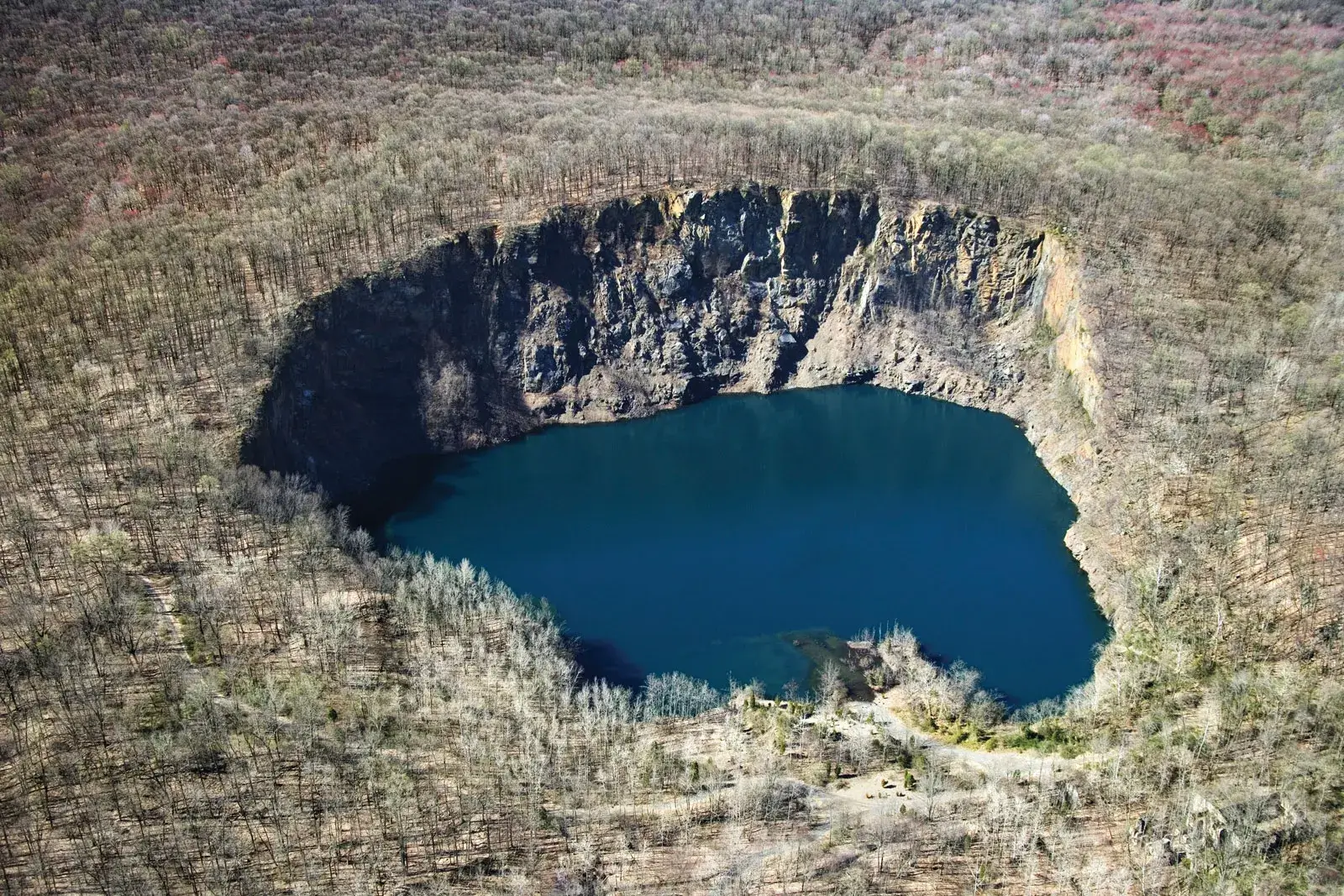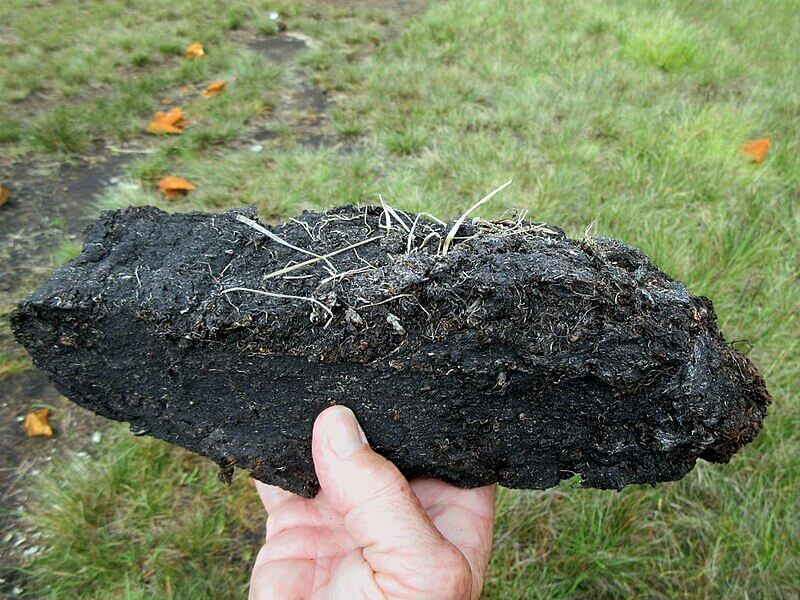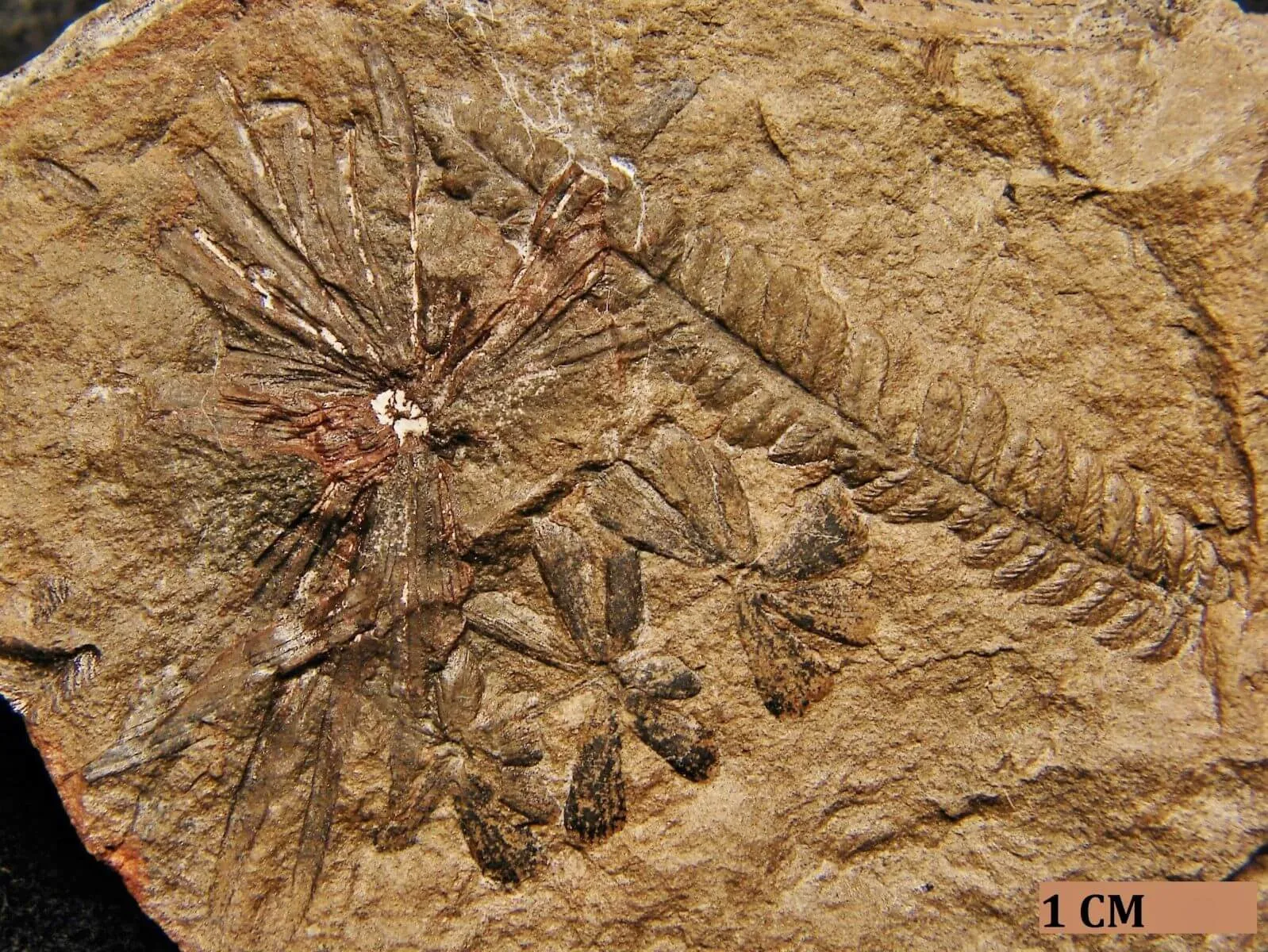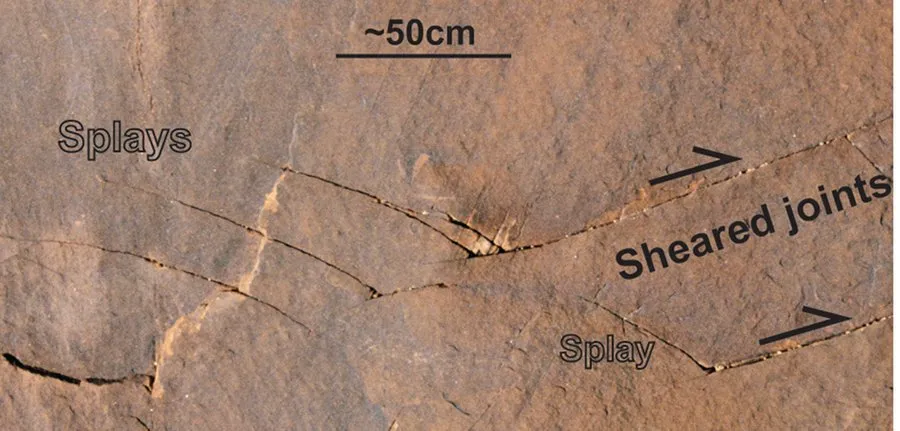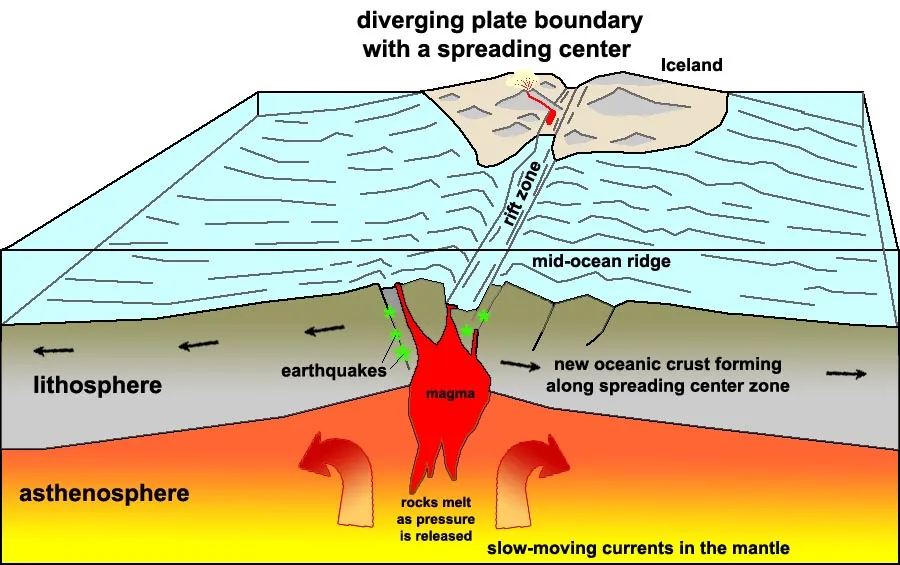Ripple marks are small, wave-like structures formed on the surface of sedimentary rocks by the action of water or wind. They are significant in sedimentology for interpreting past environments, including the direction of water flow or wind, and for understanding the conditions under which sediments were deposited.
Reference: Reineck, H.-E., & Singh, I. B. (1980). “Depositional Sedimentary Environments.” Springer-Verlag.

